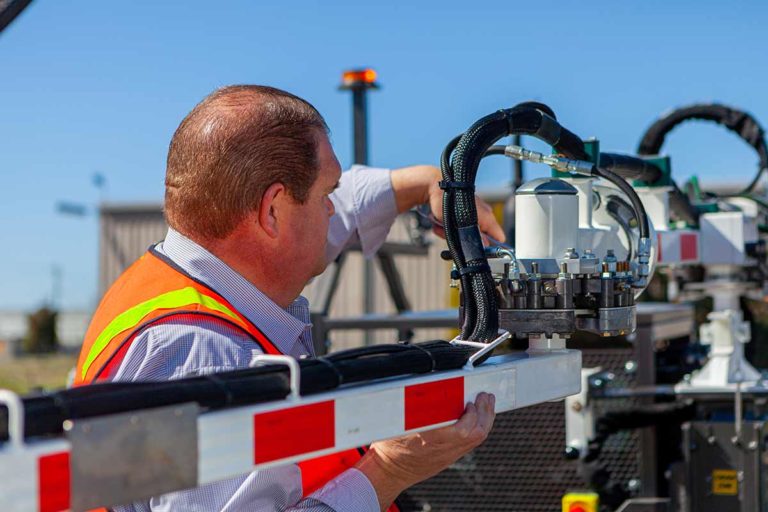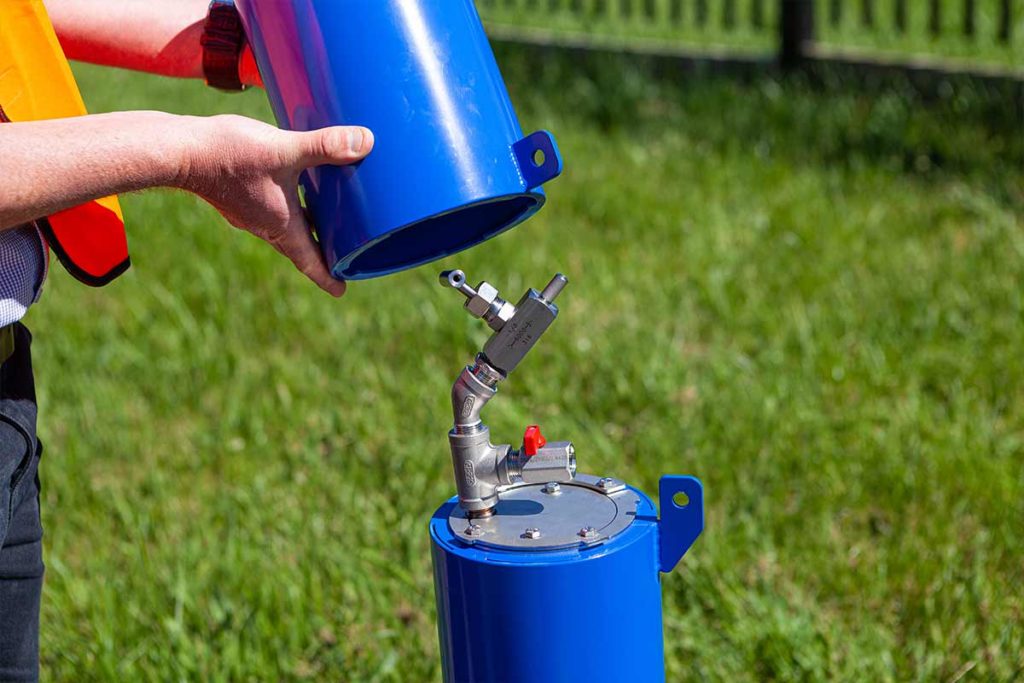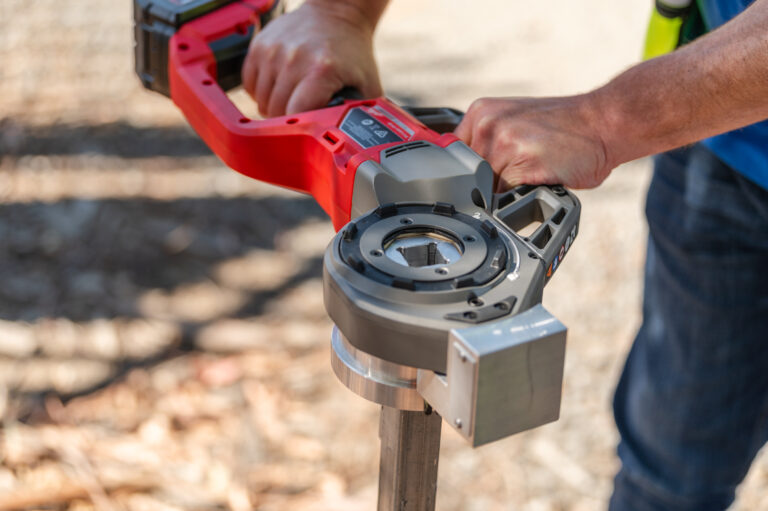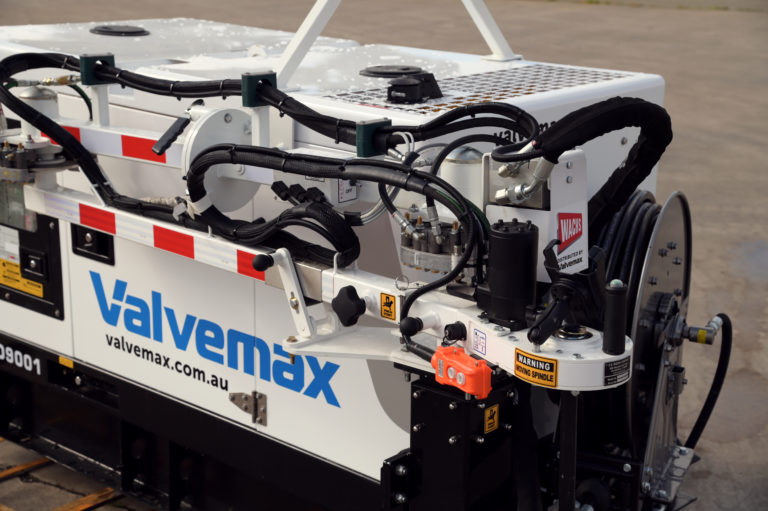While the cost of the repair or replacement of a sampling station may be relatively inexpensive, the cost of digging may be substantial.
Sampling stations are arguably the most exercised asset on a water distribution system, so when evaluating sampling stations for purchase it is best to look for designs that avoid the features listed below.
1. Threaded Nozzles
 Let’s face it… threads collect gunk! And that gunk can get into your water sample…
Let’s face it… threads collect gunk! And that gunk can get into your water sample…
If possible, it’s best to use nozzles that don’t have threads ensuring a reliable, controlled water sample can be collected.
Valvemax offers sampling stations for warm and cold climates in both above and below grade applications. All with non-threaded sampling nozzles. Additionally, our stations come with lockable enclosures and sampling nozzle caps to keep the bugs, bees, and ants out. This ensures the sampling waterway is kept clean.
2. Drain & Weep Holes
 Drain and Weep holes are exposed to ground water. That is why it is never a good idea to take a bacteriological or water quality samples from yard hydrants or fire hydrants that have a drain/weep hole.
Drain and Weep holes are exposed to ground water. That is why it is never a good idea to take a bacteriological or water quality samples from yard hydrants or fire hydrants that have a drain/weep hole.
Additionally, if sampling from homes, it’s best not to take samples from faucets with leaking handles, swivel faucets, or attachments like hose sprayers/aerators.
Valvemax sampling stations are designed without drain/weep holes. Non-draining wet barrel stations for warm climates and stations engineered to be hand-pumped or to utilise a mechanical drain valve to prevent freezing in cold climates.
3. Ball Valve Operation
 Ball valves eventually wear out.
Ball valves eventually wear out.
One of the biggest disadvantages to ball valves is that they are buried below grade (primarily in cold climates) and must be dug up to be repaired or replaced. Valvemax streamline this process avoiding costly repairs.





